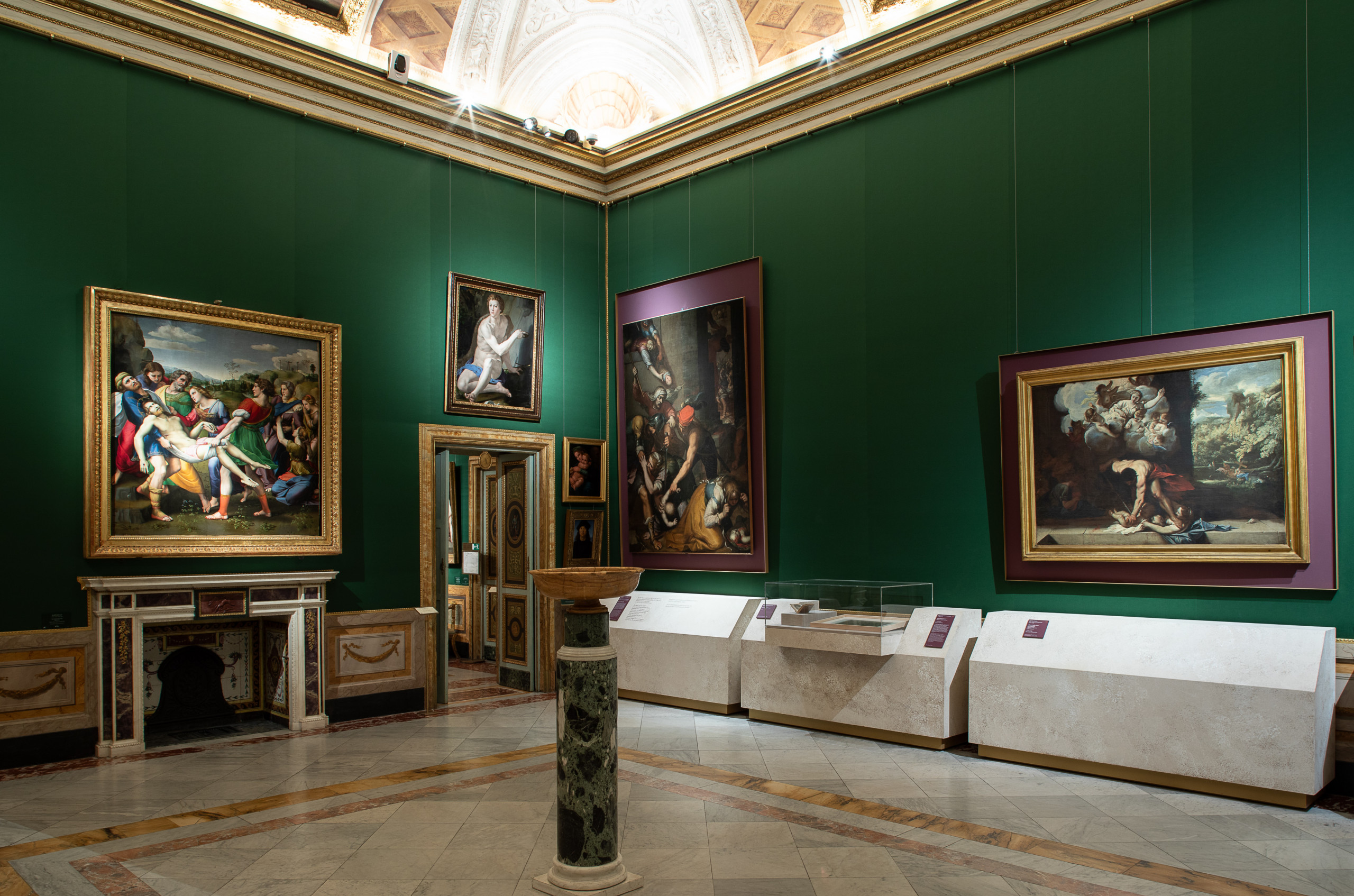LA STRAGE DEGL’INNOCENTI

Beyond the Profane Marino lies the Sacred, capable of devoting splendid verses to religious themes, as is clearly evident in his La Strage de gl’Innocenti (The Massacre of the Innocents). This octave poem narrates an episode from the Gospel of St. Matthew, recounting
Herod’s order to kill all the Jewish children born in Galilee. In a letter to Bernardo Castello, Marino requested drawings from the artist, hoping to produce an edition of his poem in which his verses would be accompanied by images. The illustrated project never materialized, however. It was only after 1623 that the poet considered publishing his work, when he organised public readings of the text in the Campidoglio, arousing the admiration of his contemporaries.
Nevertheless, the poem remained unpublished until 1632, seven years after Marino’s death, when it was met with great success.
To describe the massacre – which Marino envisioned in comparison with a painting by the Cavalier d’Arpino – the poet relied on the rich figurative tradition of the 16th and 17thcenturies, from Raphael’s model printed by Marcantonio Raimondi, to Giovan Battista Paggi and Guido Reni’s masterpieces. He also drew from other literary models, particularly the Umanità di Cristo by Pietro Aretino.
Raimondi’s print and Paggi’s pictorial fragment represent the sources that fed Marino’s imagination, emblematic of the aesthetic principles which combine horror with delight. The works of Testa and Poussin attest to the vitality of this subject in 17th-century art, a fate which the publication of Marino’s masterpiece certainly contributed to.